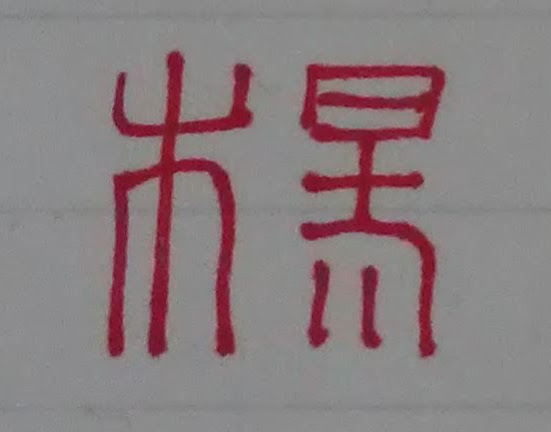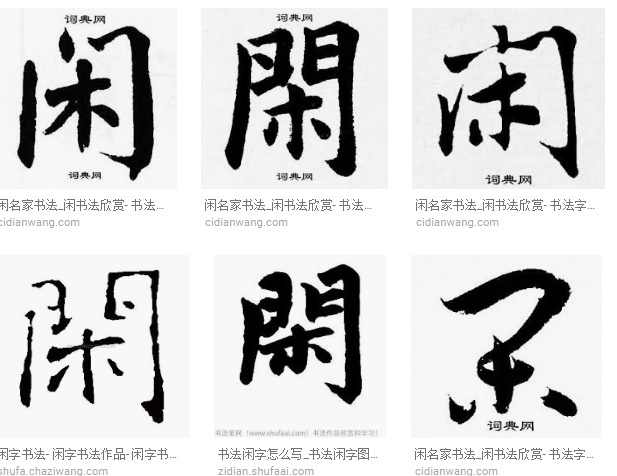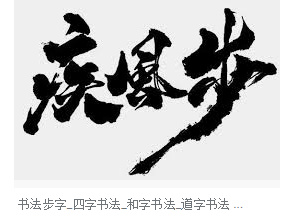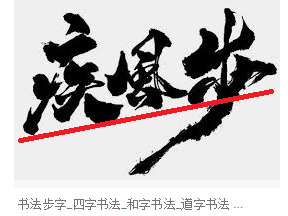It’s time for a movie!
but seriously
No picture…hmmm maybe this is why:









 Bet you didn’t see that one coming.
Bet you didn’t see that one coming.'2. Unfortunately, that’s all I have (well it came in a dump on imgur).
4. Candy, and it’s strawberry flavoured.
5. Yes it was.
6. Fun fact, Dr. Pepper is not a Pepsi Product, it’s a 7Up/Dr. Pepper Product.
7.
They may claim that Twizzler’s is “strawberry flavored” but i don’t think it tastes like strawberry, it tastes like corn syrup with additives.
And since this is more of an image thread than discussion thread, i’ll try to uphold that by providing this picture:
I bought this at a second-hand thrift store for ~$1 US. I don’t know anything about it but it was worth $1 to me. Needs some reframing and cleaning when i have money to spare.
It flavoured, so as George Carlin said: “it means no fucking [strawberries]!”
I was going to try to have the characters on it translated for you, so that you can know at least one more thing about it and that is going to end up being that not even an adult native Japanese person has any idea what so ever what it says. Them even trying to look it up for me yielded no results. It COULD possibly be a name of a village and that’s a very vague unsure guess.
So if anyone asks, just make something up. No one is going to be able to verify it. It’s very nice though, I like it, good find.
Well, it’s definitely not an original, looks to be printed as a reproduction rather than painted, and the fact that it was at a second-hand thrift store (this particular one is a “last chance” store where unbought things go to the trash), means it’s of no significant value. However, no matter what the circumstance is, and no matter what the artist’s intended meaning was, i like the image and i have my own interpretation of it.
If you REALLY feel inclined to research it, i drew the artist’s seal for you. I can’t figure out the second character:

If you want to know:
 ← Banana/Plaintain
← Banana/Plaintain
 ← Courtyard
← Courtyard
 ← Amid a casual stroll (is how I would translate it)
← Amid a casual stroll (is how I would translate it)
So “In a casual stroll in the banana garden” or something like that.
 ← Looks like a Banana type tree.
← Looks like a Banana type tree.
What are the characters you’re able to get out of that? Because while I recognize several radicals out of each of them I either find no character that fully includes everything in there or too many that are similar enough to be unable to pick one.
I am fluent in Chinese, so it’s a bit easier for me to see it:
蕉
院
闲
步
中
Cheers!







basically it was a pre-emoji naughty message
Interesting, the first one I had far too many options for, none of which looked right enough. I was not going to be interpreting the bottom line as 4 individual strokes and was thinking the left radical would have had to be 辶.
Second one I think that’s the one I settled for eventually as well. 3rd I see now works, never found that one at all though, same for the 4th. That’s where I started to gave up myself and figured I needed my friends help.
It does look like google translate is more cooperative with it if treated as Chinese, but it still really doesn’t seem to like the 2nd character.
Thanks for the help there, I very much enjoy the puzzle of decoding handwritten Japanese when I come across it, though it is still too often for naught. I am often able to figure out if it’s Japanese or Chinese, most of the time.
You are welcome, glad to help.
The best way to look at handwriting is the particular script known as “Kai” sometimes “KaiTi” or “KaiShu” that’s the way proper writing should look like.
With the brush strokes, often things are linked together in a way that only people who are used to seeing the linkages are able to easily decipher them, so don’t knock yourself there, it takes a lot of experience.
The following are images from Google search for these particular words:

You can totally see how difficult some handwritings can be in recognition. (Yes, row two, column three is the same word.) This is also the word that gave away to me that the writing is in Chinese. Because Japanese words as they were borrowed from China mostly over a thousand years ago, before the simplification of the outside box of this word, as you can see the difference between the first and second examples. Granted, a lot of Chinese calligraphy uses traditional words, so it’s very common to see Chinese handwriting that does not use simplified Chinese. Also note simplified Chinese is used in mainland China, not in Hong Kong or Taiwan. (Don’t worry about it too much, this is a little tid-bit about how I knew.) (I also look for some Japanese characters that are hiragana or katagana in a whole line of text. If I see any at all, then most likely it’s not Chinese, but there are some “cursive” handwritten words in Chinese that may look like one of those letters. The Chinese words that you see basically all fall into the Kanji words that are Japanese.)
You can see an example of that here:

Note the balance of the entire piece, as if the three words are balanced by the extension of the third. In order for everything to look balanced, the middle word is given slightly smaller real estate, whereas the main bodies of the first and third words are about the same. Because that “pie” stroke would make the whole thing look like it’s going to fall down onto the right side, the third word is written thus in such a way to completely balance the whole image. (Plus the baseline of the words together look like there’s a progressively upward move for preparation for this last down and to the left stroke.)

The last of the set really doesn’t get modified much from the Kai handwriting on the left, but you can see the middle stroke being drawn out as well, similar to the last word.
Okay, that’s your Chinese lesson in handwriting for the day…  I am getting back to my paperwork I have to do at work.
I am getting back to my paperwork I have to do at work.

Speaking of languages…
I had my first ancient Greek lesson today, folks! 
And it seems like I’ll be learning some French too… 
Funniest bit was that I walked into the class and one if my favorite psychology teachers was sitting there and we just stared at each other like
“OMGAREYOUALSOTAKINGTHISCLASSTHISISSOCOOL”
Seriously. Have any of you ever been students alongside one of your cool teachers in a class? Rad AF. 
Bonus points because the class is free and the teacher is a hella funny knowledgeable old man with hearing impalements so I had to loudly scream my name in a class full of people I’ve never met three times while my cool teacher laughed her ass off.
Good day 
PS: @YQMaoski I may have a similar painting at home I’d like your thoughts on. Pretty sure it’s Japanese, though. Once I find it I’ll post it here.

Lmao my autocorrect is so funny and I love the mental image so much I’m just leaving that there for posterity. 
@coralinecastell, this is definitely a Japanese piece just by the style of art. But you are in luck, the two words there are both Kanji, and very easily legible.
The piece is titled:
初雪
Meaning literally “initial/first snow,” indicating the first snow of the season.
You and @kovec are providing examples to make me look edumacated…  most of the time I have a lot of trouble reading inscriptions on artwork…
most of the time I have a lot of trouble reading inscriptions on artwork…
Far faster than me, I got yuki 雪 easily, but the first one I would by no means call easily legible. Closest I got, before you posted, was hirigana yu ゆ and that didn’t feel right at all.
Where are you all finding these awesome prints? Weird how they’re not lying littered around in Swedish thrift stores.